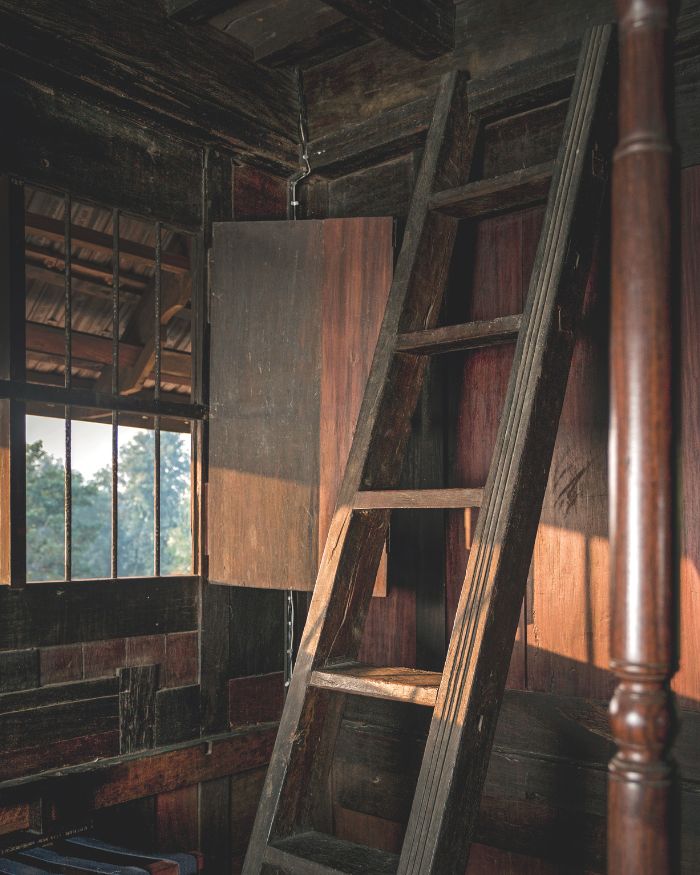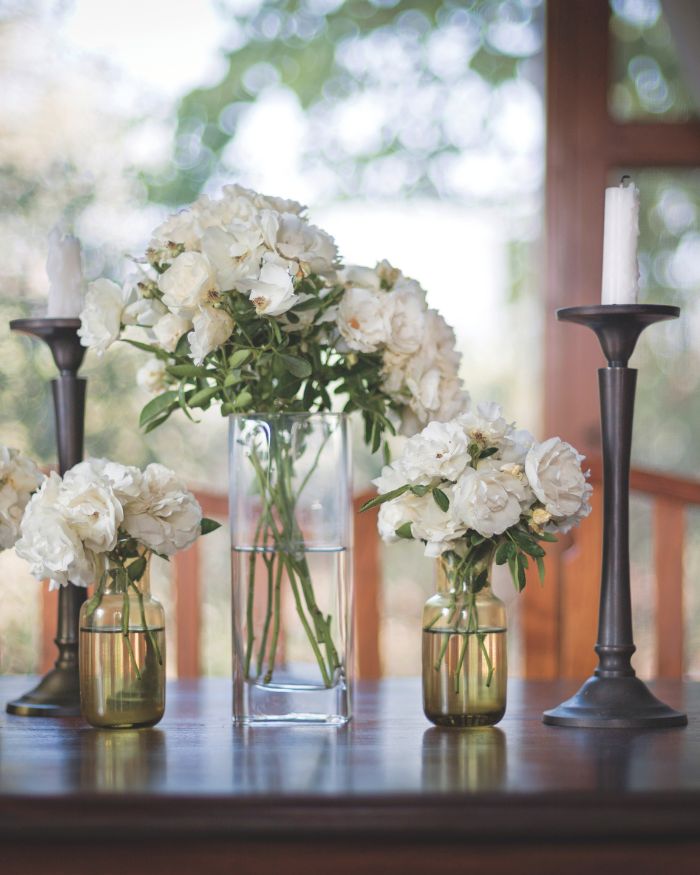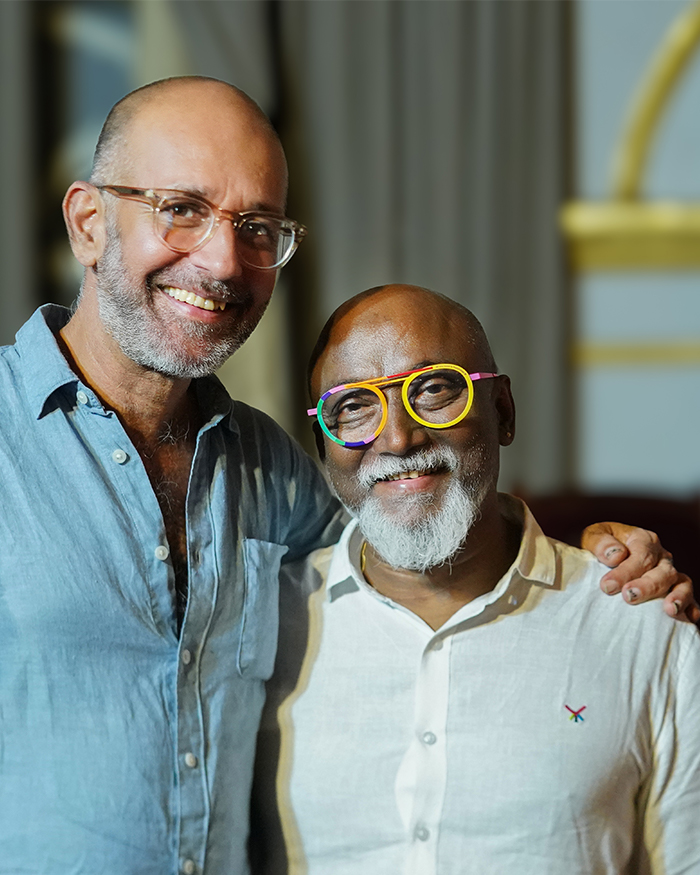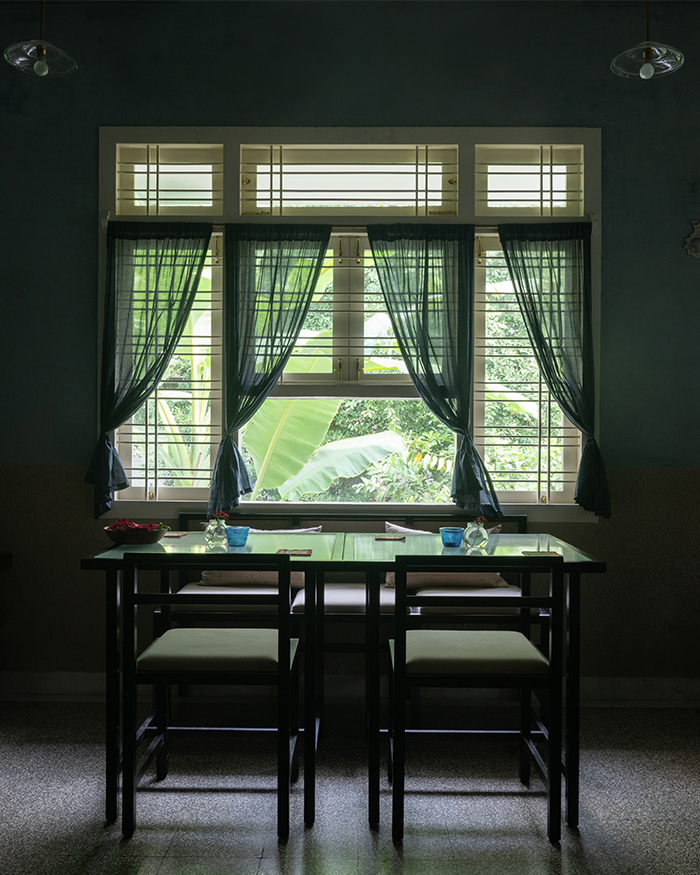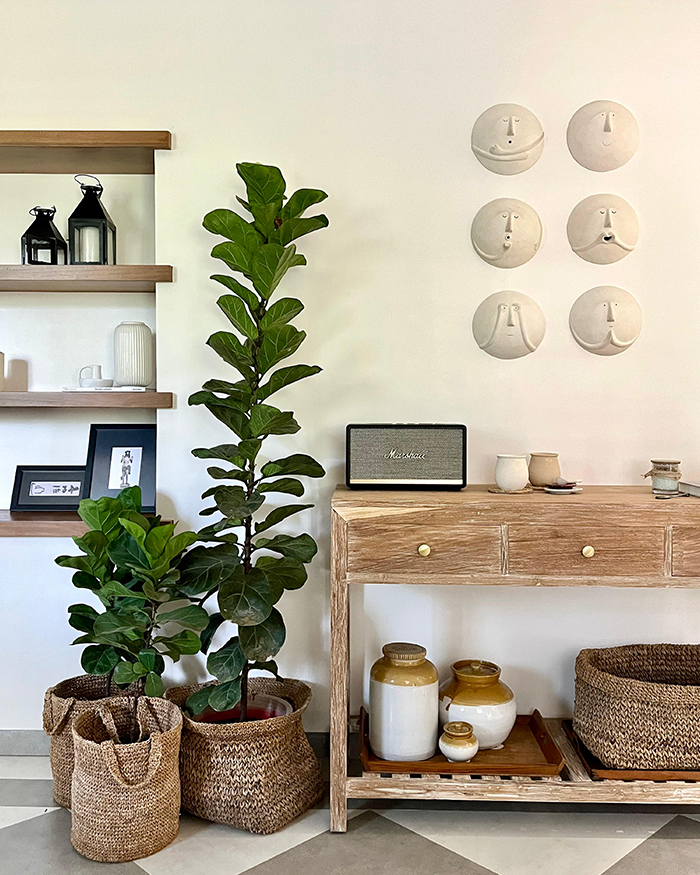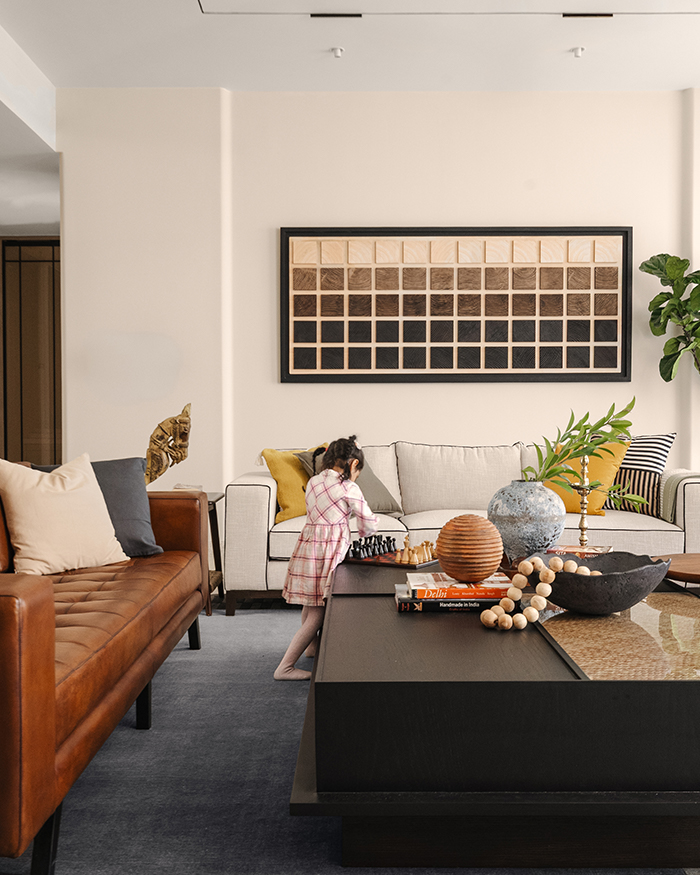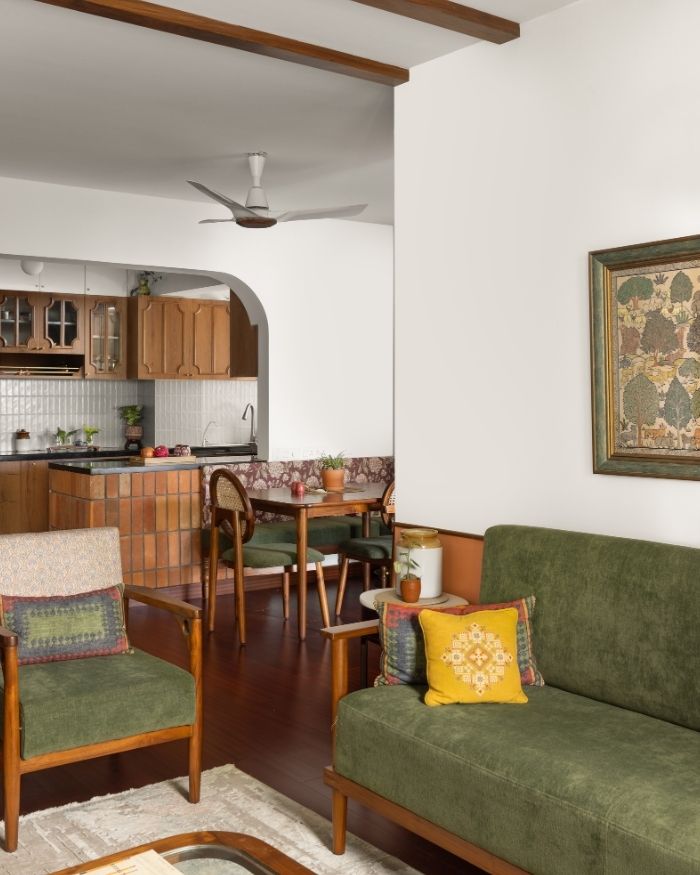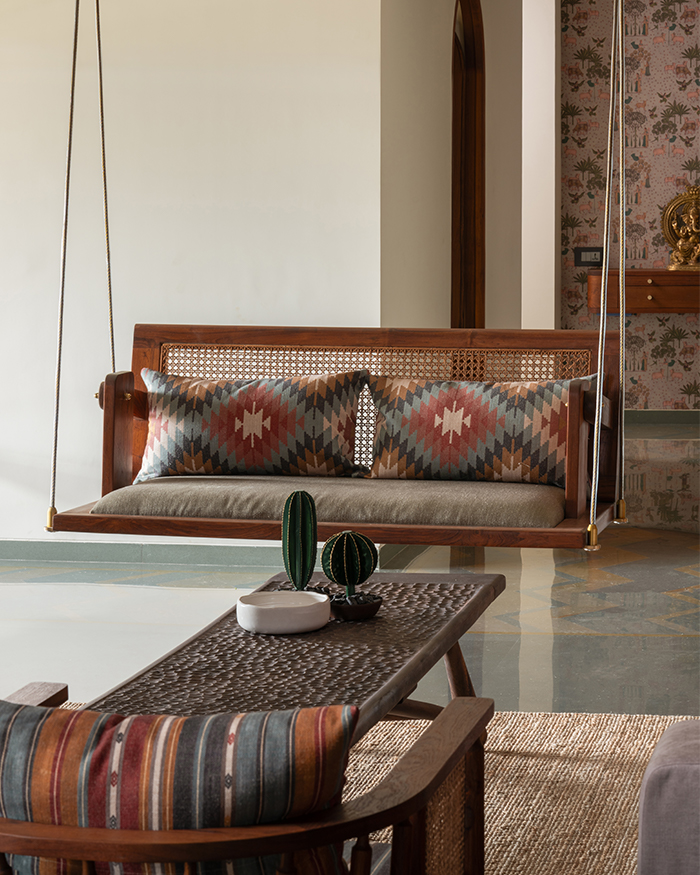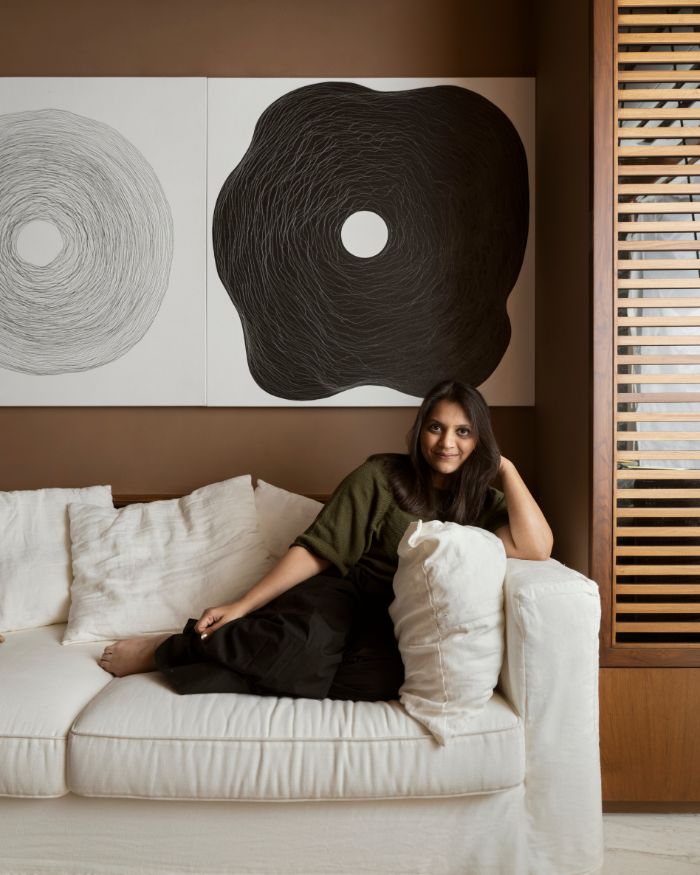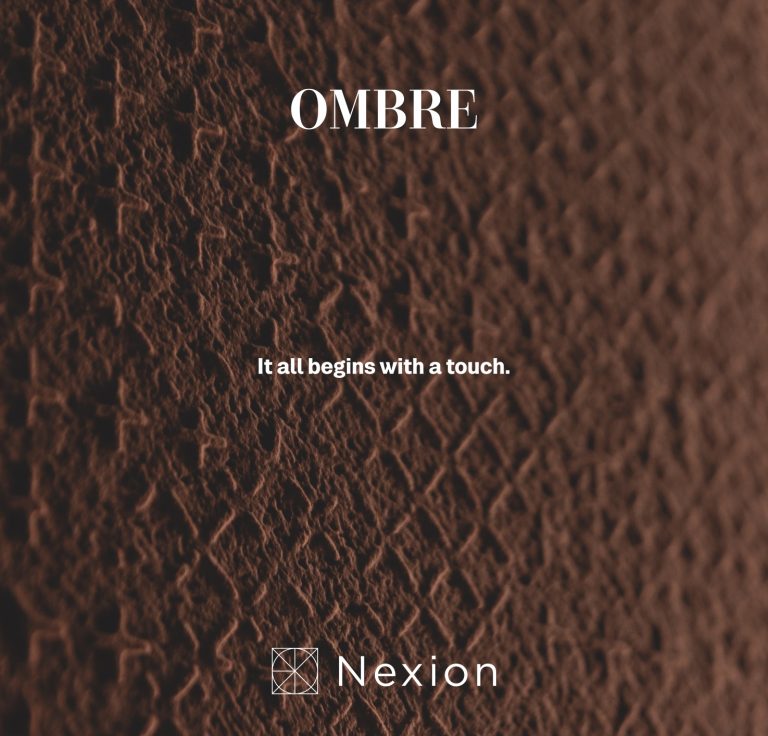Produced by Sonia Dutt
Meda belonged to the Oomen family in Kerala for three centuries. Constructed completely out of timber, the house was located in a village called Mepral, outside the Syrian Christian town of Thiruvella. And since it was next to a river prone to occasional flooding, its lower level was built in laterite stone. My friend George Oomen, who lives in Boston, owned and looked after it. Over a drink, he mentioned that while he loved the villa very much, he was finding it difficult to take care of it from a long distance. In an impulsive move, I offered to buy it from him and bring it up to Gurgaon. Thus began the great adventure of physically moving Meda from one place to another that is about 2,200 km away. Spread about 1,000 sq ft per floor (ground and first), it is now in a village named Sadhrana in Gurgaon, near the Sultanpur Bird Sanctuary. I already possessed the land and had a small place used mainly on weekends.
The final result looked even better than the original – it is good to last for another 100 years, at least. — Pradeep Sachdeva








